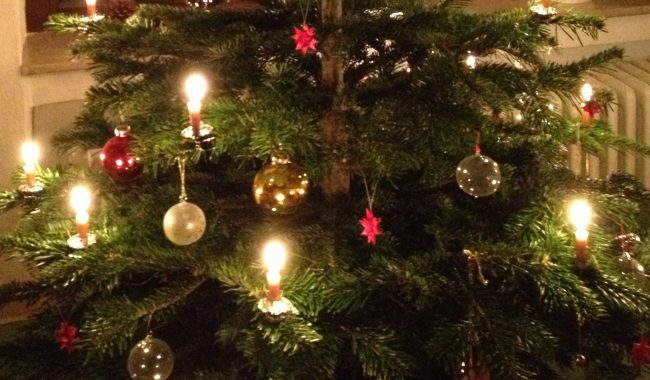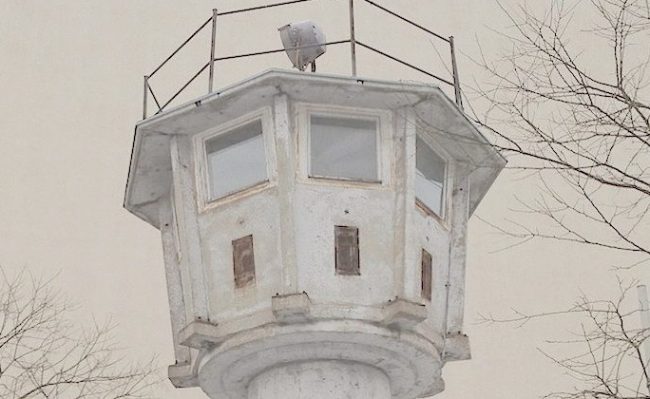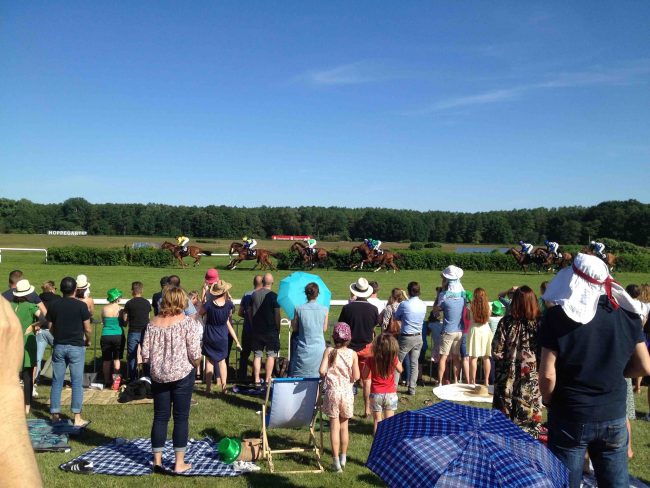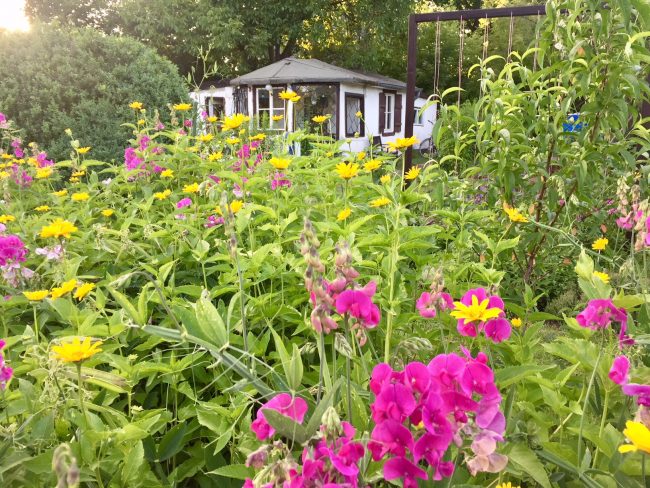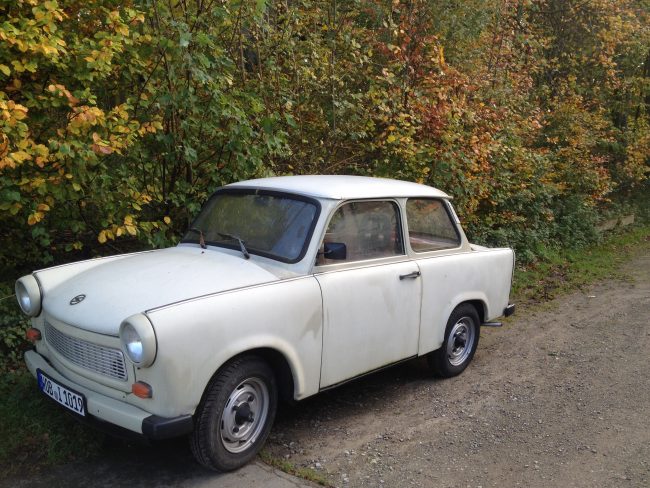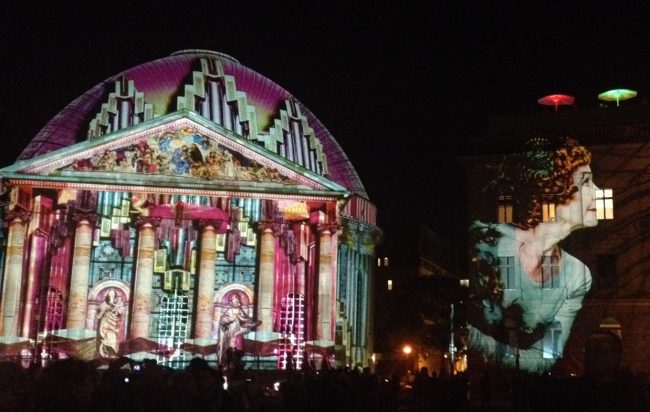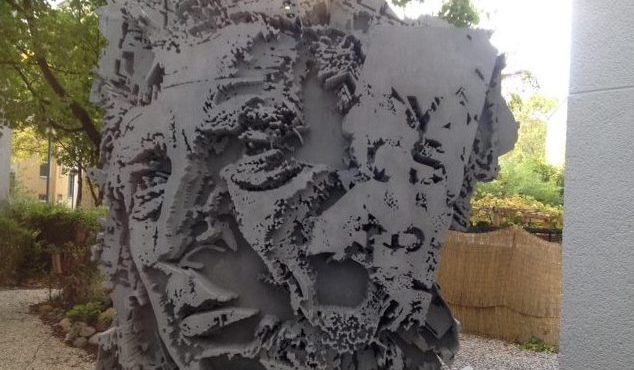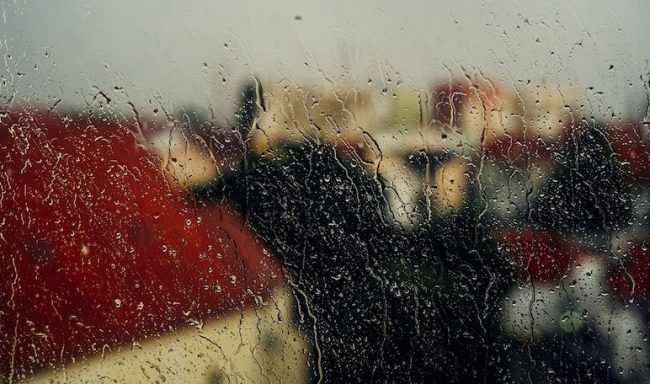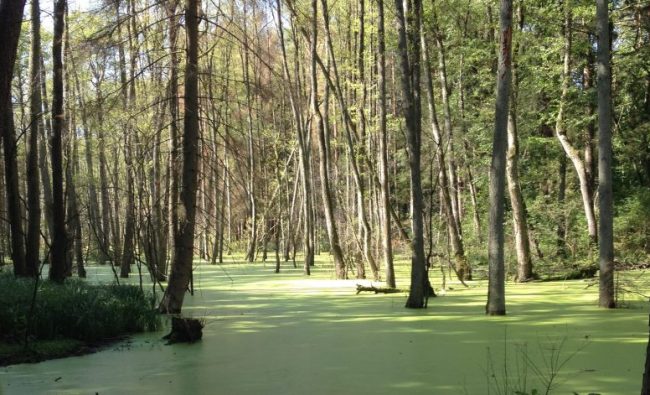Trip Advisor Award 2024
Berlin Private Tours was nominated for Trip Advisors’ Travellers Choice Awards as Winner 2024. Reviews from millions of Tripadvisor travellers place this winner in the top 10% worldwide.
We at Berlin Private Tours are saying Thank you for your Trust and Feedback on our services.

